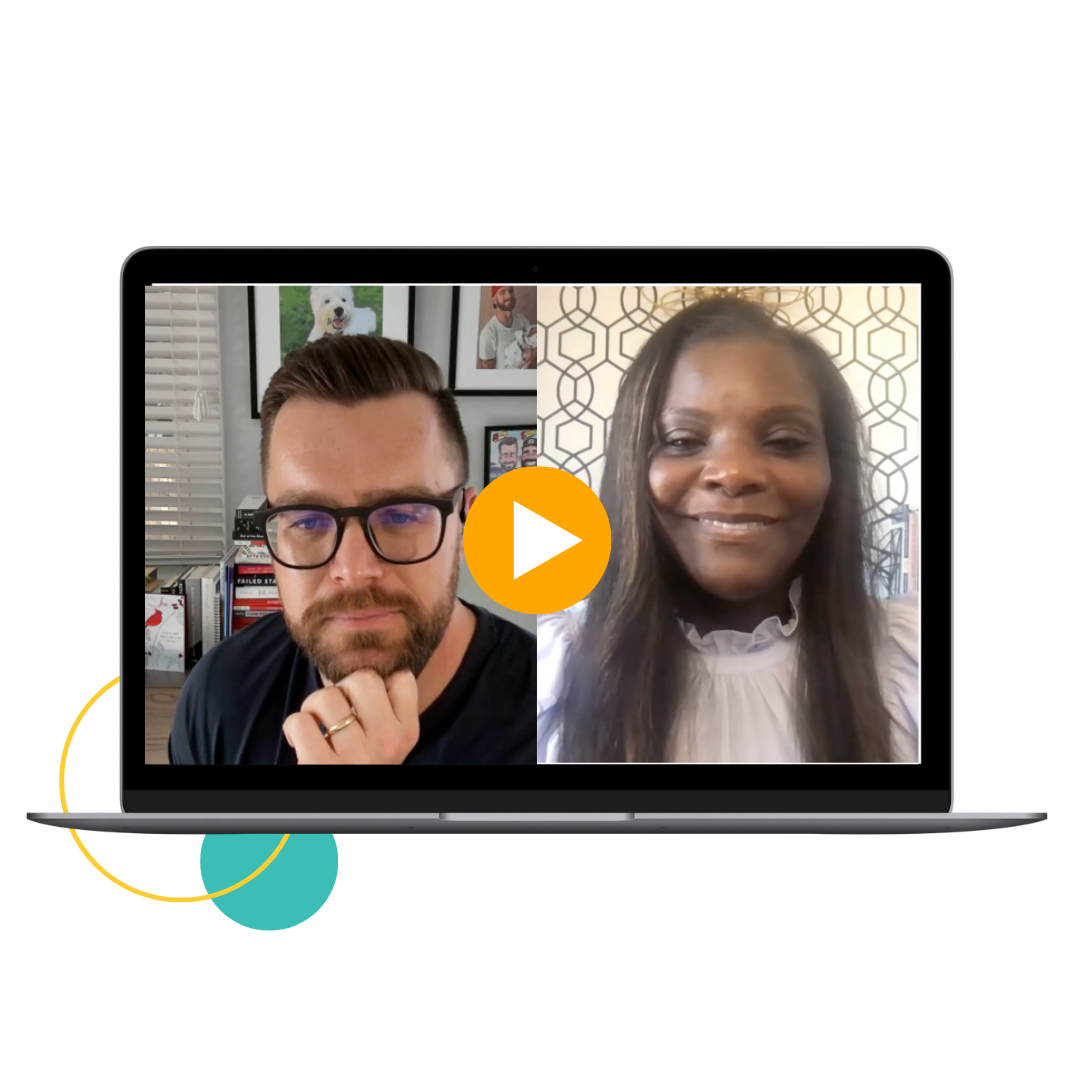In this episode of Tuesday Tips, we were joined by Dr. Charlotte Pullins to discuss teacher retention and wellness strategies.
Here are this session’s top 3 tips, and you can watch the full conversation below:
- Build relationships that enhance teacher self-efficacy. Create a positive school culture through meaningful relationships, giving teachers autonomy and trust, and providing regular recognition. Remember that for every negative interaction, a teacher needs six positive ones to maintain motivation and engagement.
- Personalize professional development. Instead of one-size-fits-all training, empower teachers to choose professional development that meets their specific needs. Consider cross-disciplinary learning opportunities that allow teachers to share strategies across subject areas and create interactive, relevant experiences that truly impact classroom practice.
- Prioritize teacher well-being without breaking the budget. Look beyond traditional compensation by offering creative benefits like assistance with student loan forgiveness, flexible work arrangements (such as four-day weeks), and mental health resources. Small initiatives that address teacher wellness significantly increase retention by demonstrating that you value their overall health and work-life balance.
